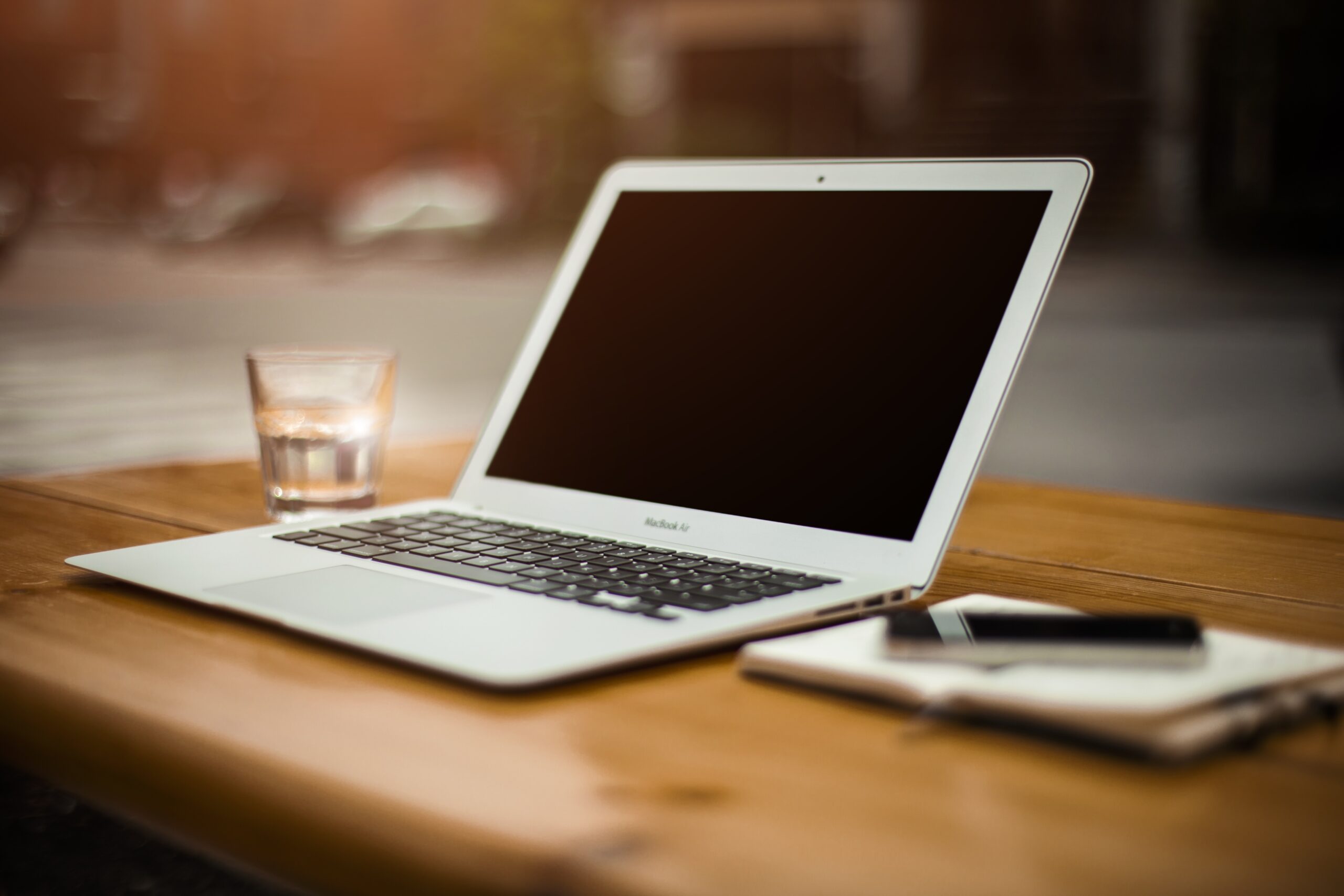With the current shift to a more virtual setup in both work and learning, many people have been scrambling to get their hands on a new laptop that could cater to their needs. Of course, it is easy to select one off the shelves from your nearest tech shop. Still, considering that the demand for modern applications is rising, it is essential to be wary of finding the right laptop suitable for your purposes. This does not necessarily denote that what the store representative offers is always subpar, but it might just be more efficient likewise to be knowledgeable about the jargon and terminologies that they are trying to put forward.
Picking a Platform
You might have to select whether you would like Windows, Chrome OS, or macOS for your laptop of choice to get you started. The difference between the three could span from being minute to being extremely massive, depending on the perspective that you are looking at it from. The Windows Operating System is perhaps the most flexible and is compatible with more models – making it easier for you to find an available one. Apart from being versatile enough, it is perhaps the only OS highly compatible with heavy gaming.
On the one hand, the MacOS is exclusive to MacBooks, and it offers a similar overall appeal to Windows. It comes with Siri, Apple Pay, and integration with Apple Watch, but keep in mind that it does not support touch input.
Lastly, boasting greater security and a more integrated setup with the Chrome browser, Chrome OS is mainly found on inexpensive Chromebooks – offering an interface that is similar to Windows but particularly struggles with offline use.
Determining the Appropriate Size
The size often determines the overall portability of the laptop, determining whether it can fit in your bag or if you could carry it comfortably in your carry-on pouch. Before even peaking at the specs of a laptop, the size would generally give you an idea of how convenient the experience will be – covering aspects ranging from portability to ergonomics. The sizes may range from 11 inches to 18 inches in their display, but do note that the larger the screen size is, the heavier the laptop would usually be (unless, of course, the company skimps on the hardware composition of the computer).
Ergonomics Issue
If prolonged work is a regular part of your routine, you need likewise to take a look at the ergonomics of the laptop’s keyboard and touchpad to give you an idea of how comfortable the entire setup would be. Tactile feedback, key travel, and precision touchpad drivers are just some things that you may want to research if you would prefer less fatigue as you work.
The Specifications You Want
There is no particular “must” for this as the specs would generally depend on how fast you want your laptop to be. From its CPU to its graphics chip and cooling system, you would have to gauge your use to know the impact of each on your purposes.
Battery Life
Suppose you are already aiming for portability, to begin with. In that case, going big on battery life is undoubtedly a smart thing to do – giving you more options for the laptop’s use, especially when you are somewhere far from the nearest outlet. At least 7 hours of endurance would probably do for the working population, although gaming laptops would generally struggle to reach this quota

